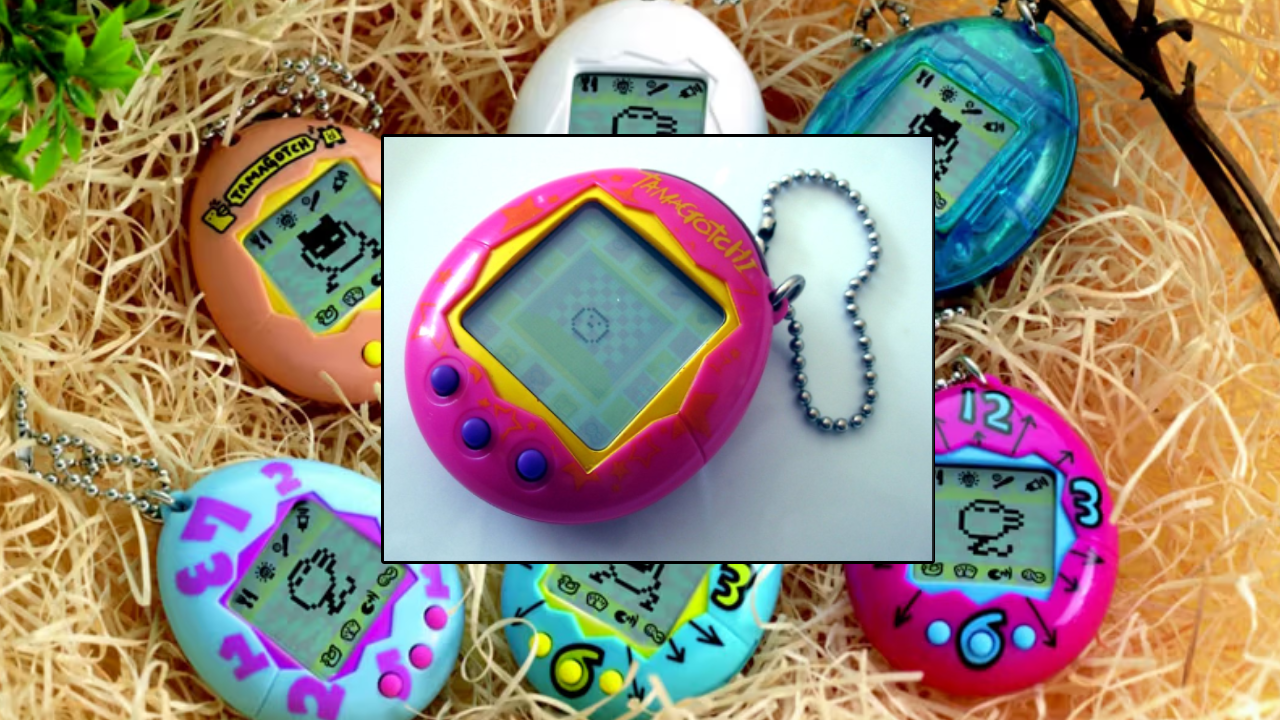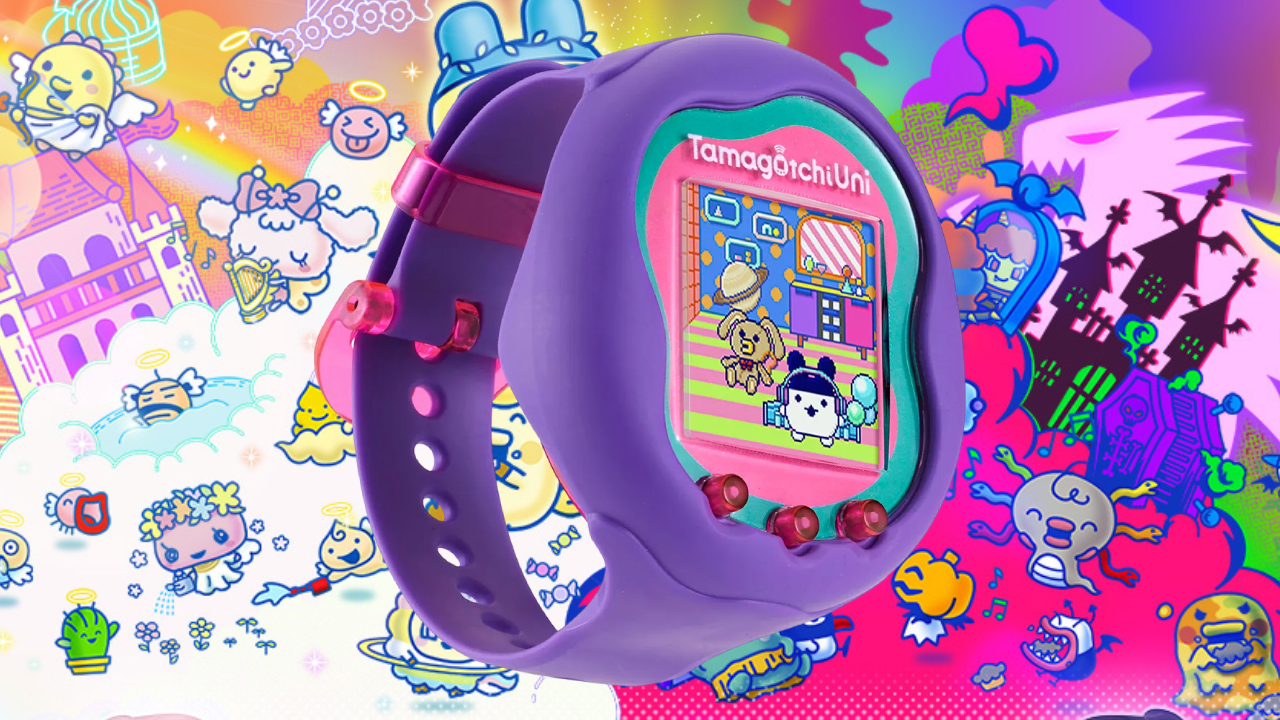The mid-1990s witnessed one of the most memorable toy phenomena ever — the Tamagotchi. This digital, egg-shaped pet quickly became an iconic gadget, capturing the hearts of millions of children and adults worldwide. Fast forward to the 2020s, and the beloved toy is making a significant comeback, with a nostalgic reawakening that resonates both with longtime fans and a new generation of tech-savvy users. This resurgence is not just a passing trend but a global movement, with Tamagotchi opening its first-ever UK store in 2023 and experiencing a surge in global sales, which more than doubled between 2022 and 2023.
From nostalgia and childhood memories to technological advancements and the need for escapism in today’s world, the Tamagotchi comeback is a testament to the lasting impact of virtual pets and their potential to evolve with the times.
Table of Contents
A 90s Craze That Never Faded
The Tamagotchi, created by Akihiro Yokoi of WiZ and Aki Maita of Bandai, hit the global market in 1996. The tiny handheld device housed a digital pet that users were tasked with nurturing. Despite its simplicity, the Tamagotchi quickly became a symbol of childhood in the late 1990s. Caring for this virtual pet involved feeding it, cleaning up after it, playing with it, and ensuring it received enough attention to thrive. If neglected, the pet would get sick or even “die,” adding an emotional element that connected users to the toy on a deeper level.
During its peak, Tamagotchi was the ultimate “must-have” gadget for kids. It wasn’t uncommon to see classrooms full of students sneaking a glance at their tiny screens to check on their virtual companions. By 1997, Tamagotchi fever had gripped the world, selling over 40 million units globally in just two years. However, like many trends, its popularity began to wane as newer toys and digital experiences entered the market.

The Comeback Begins: A New Era for Tamagotchi
While several attempts were made over the years to relaunch the toy, it wasn’t until the 2010s that Bandai Namco’s efforts began to show real success. The company reintroduced Tamagotchi in 2019 in the UK, aiming to capture a blend of nostalgic buyers and young players unfamiliar with the brand. However, it wasn’t just a re-release of the 90s device; the modern Tamagotchi came with a host of new features aimed at appealing to a more digitally advanced world.
By 2023, Tamagotchi had achieved an incredible resurgence, doubling its global sales from the previous year and opening its first-ever dedicated store in the UK. This resurgence speaks not only to the enduring love for the Tamagotchi but also to Bandai Namco’s ability to adapt the toy for a modern audience.
Modern Tamagotchi: A Digital Upgrade
Although the modern Tamagotchi retains its signature egg shape and digital pet, it has evolved to include a variety of new features that set it apart from the 90s version. While the original Tamagotchi had basic feeding and care functions, the new model is designed to integrate into the current digital landscape.
Priya Jadeja, Tamagotchi’s brand manager, explains, “Now you can connect with friends, you can play on Wi-Fi, and download different items.” This added connectivity allows for more engagement, particularly among users who crave social interaction through their devices. The ability to interact with other Tamagotchis online, download new games, and customize pets creates a dynamic experience, combating the repetitive nature that sometimes caused fatigue in older models.
This transformation not only attracts millennials who want to relive their childhood memories but also captures the imagination of younger players, many of whom have never encountered a digital pet quite like Tamagotchi.

Reaching New Audiences
Interestingly, Tamagotchi’s recent revival has attracted a diverse group of players, spanning generations. When the brand was relaunched in 2019, Bandai Namco anticipated that millennials would be the primary audience, as many grew up with the toy during its initial run. However, the company has found success in marketing Tamagotchi to younger audiences as well.
Kids who are accustomed to smartphones and tablets have taken an interest in the toy, discovering a new form of interactive play that doesn’t come with the same overwhelming complexity of today’s gaming landscape. According to Jadeja, “It’s really exciting to see [kids] embracing it.” The combination of nostalgia for older users and novelty for younger players has played a critical role in the toy’s growing popularity.
Moreover, today’s version of the Tamagotchi appeals to a gender-neutral audience. In the 1990s, toys like Digimon—another virtual pet product owned by Bandai Namco—were marketed more aggressively toward boys. While the original marketing strategy drew gender lines between the two, today’s Tamagotchi and Digimon virtual pets seem to attract a broad spectrum of players without any particular focus on gender. The open-ended appeal of virtual pets as companions, regardless of identity, has fostered a community that transcends traditional demographics.
The Role of Nostalgia in the Tamagotchi Revival
One of the driving forces behind the Tamagotchi’s resurgence is nostalgia. In recent years, there has been a growing trend of 90s and early 2000s pop culture making a comeback in various forms, from fashion to entertainment. For many adults who grew up with Tamagotchi, revisiting the virtual pet offers an opportunity to connect with cherished childhood memories.
Emma, known as Emmalution on YouTube, shares her experience of rediscovering the toy. “I got my first Tamagotchi back in primary school, and my best friend had one as well. I have fond memories of playing with them together,” she explains. When Emma picked up a modern Tamagotchi, it reignited her passion for the toy, leading her to start a collection. “This kickstarted an obsession, absorbing loads of information about all of the releases that had come out after my first ever Tamagotchi,” she says.
Similarly, Koby, who goes by Lost in Translationmon on YouTube, echoes this sentiment. “When I’m playing with my Digimon or Tamagotchi virtual pets, I get a small snapshot of what it was like when I first played with my virtual pets as a kid.” This sense of nostalgia has driven many adults to revisit the toy, and platforms like YouTube have become a space for these fans to share their collections, stories, and tips for caring for their virtual pets.
Escapism in a Challenging World
Nostalgia isn’t the only factor driving the Tamagotchi’s comeback. The toy has also gained popularity as a form of escapism in today’s fast-paced, often stressful world. The simple act of caring for a digital pet offers a break from reality, a moment of peace amidst the chaos of modern life.
Emma puts it best when she describes why Tamagotchi holds such appeal: “With how the world is at the moment, and how it has been for the past few years, it’s nice to just look down at your little pixel pet every now and again, forget it all for a moment to feed it a little snack or play a little game, and remember a much simpler time.”
In an age where many feel overwhelmed by the constant barrage of information and news, Tamagotchi offers a digital refuge—a small, pixelated world where the most important thing is whether or not your pet needs feeding or a bath.
Competing in a Crowded Market
Despite Tamagotchi’s comeback, it faces competition from other virtual pets that have entered the market. For instance, toys like Bitzee, developed by Hatchimals, offer features like flexible displays that react to touch and motion. Punirunes is another competitor that allows users to “stroke” their virtual pet using a finger sensor.
However, these modern innovations haven’t diminished the Tamagotchi’s appeal. In fact, its simple design and nostalgic value make it stand out in a crowded marketplace. While newer virtual pets may boast more advanced features, Tamagotchi’s charm lies in its balance of simplicity and updated functionality. It continues to evolve without losing the essence that made it a 90s icon.